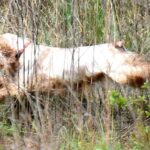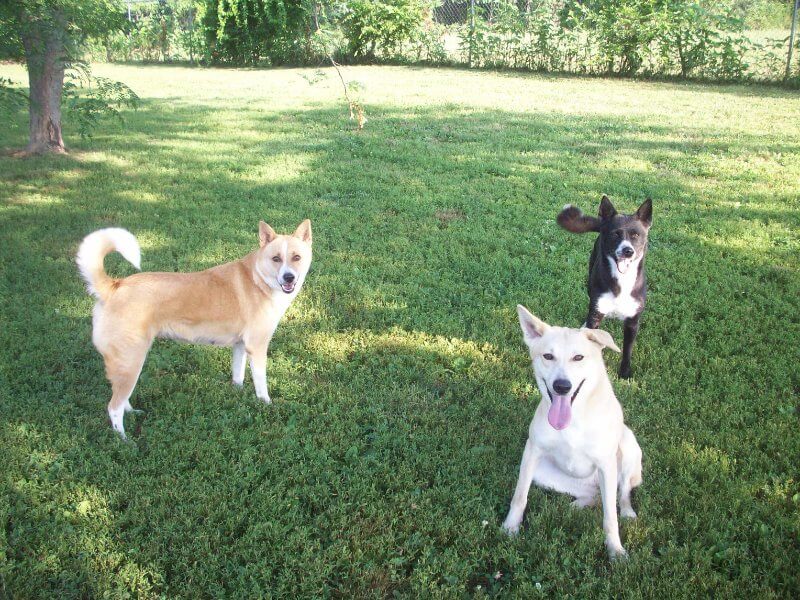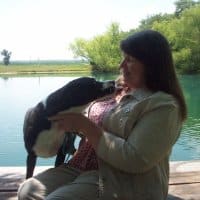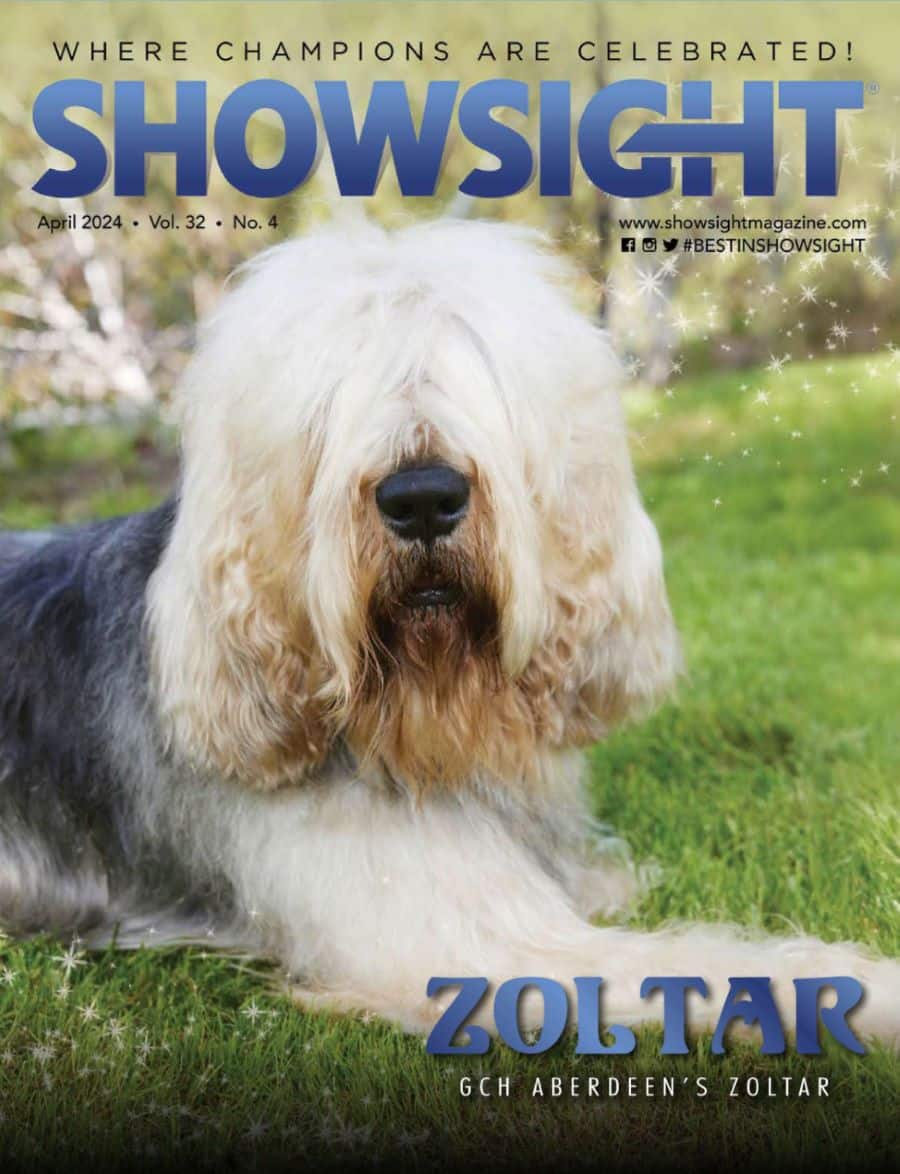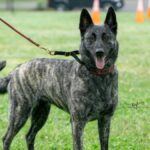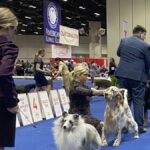Canaan Dogs in Black and White and Red All Over—and Even More!
Questions asked of me ringside in reference to a black and white dog: Is this a prick-eared Border Collie? A black dog with white trim: Is it a black and white Basenji? A heavily ticked dog: Is she a Cattle Dog? And when I was standing ringside with a solid red male: Is this a golden .?
Give me a break! I have been asked all of these questions at shows through the years. I am cognizant of the fact that Canaan Dogs are a rare sighting at most shows, but I think these questions highlight the fact that our first impression of a dog is often based on its color.
AKC Canaan Dog Breed Standard
THERE ARE TWO COLOR PATTERNS
Pattern 1. Predominantly white with mask and with or without additional patches of color (large patches are desirable).
[wonderplugin_3dcarousel id=90]
Pattern 2. Solid-colored with or without white trim. Color may range from black through all shades of brown-sandy to red or liver. Shadings of black on a solid brown or tan dog are frequently seen. The trim on a solid-colored dog may include chest, undercarriage, feet and lower part of leg, and tip of tail. In all color patterns, self-ticking may be present.
[wonderplugin_3dcarousel id=91]
Disqualifications:
Gray and/or brindle. All white
As you can see, the part of the Breed Standard that refers to color is pretty short, but it does address a large variety of possibilities. However, with Canaan Dogs being a low entry breed, and those being shown are predominantly Pattern 1 (specifically most are white with black mask and spots), judges are sometimes not prepared for the broad spectrum of possibilities they may see in their ring.
Beginning with Pattern 1, as I’ve stated, the black and white patched dogs are what a judge is most likely to see. This is the current trend, but was not always the case. There were many colors out in the dog show world, especially in the time right after our acceptance to AKC in the late 1990s.
A dog with Pattern 1 is predominately white with a mask, but that secondary color can really be anything except gray or brindle. As long as they aren’t gray or brindle, secondary colors should have equal consideration. Large body patches are desirable, but not required. There are dogs with only a mask. The blaze of the mask can be very slight to quite wide. It is a cosmetic fault if the mask does not cover the ears and eyes, or is grossly asymmetrical. A hood is perfectly acceptable.
For those judging, it is important to check proportions on the head and otherwise verify structure with a hands-on exam. The many colors and placement of such can distort optics. A patch placed “just so” on a topline can look like a dip; a hood or a very thin blaze can make the head appear elongated, etc.
Pattern 2 is much more straightforward, in my opinion. A dog can be any solid color other than white, gray, or brindle. They may or may not have white trim. So as with Pattern 1, there are many shades of variation. Substantial differences exist in the amount of white trim, from barely visible all the way to the point of making it hard to distinguish between what is the primary and what is the secondary color. Some dogs will have enough white that they appear to be half and half. It is also quite common to see black shading on non-black and white dogs. Frequently, this is seen around the face and tail.
And now a word about ticking. One of the first things that fascinated me about this breed was seeing pictures of cave drawings of them with ticking and patches. Ticking, as with all things pertaining to Canaan Dog color, can vary greatly. Most dogs have a few spots of ticking on their legs and elsewhere. Other dogs can be so heavily ticked that they may appear gray from a distance. If there is any question about this, a look at the shaft of the hair should clear things up. More ticking usually appears with age.
The part of the Standard that causes the most confusion in the ring centers around the disqualification of an all-white dog. I won’t say they don’t exist, but I will say that in my long-term association with the breed I have never seen one. I have seen dogs that are a light cream, and if you compare these dogs to white the distinction becomes clear. This can also be a problem while judging a Pattern 1 dog that is white but has a mask that is a very light color. Sometimes the mask is light, but it is there. One judge found that on an overcast day, she had to take the dog out from under the tent to be able to see the mask.
[wonderplugin_3dcarousel id=92]
Canaan Dogs are a desert breed, a survivor breed, and their colors are reflective of the environment from which they came. They say variety is the spice of life, and personally, I am fond of some spice! It is my hope that this article clarifies some points and highlights that Canaan Dogs can come in a plethora of colors according to Standard, and some of them may end up in a show ring near you.
